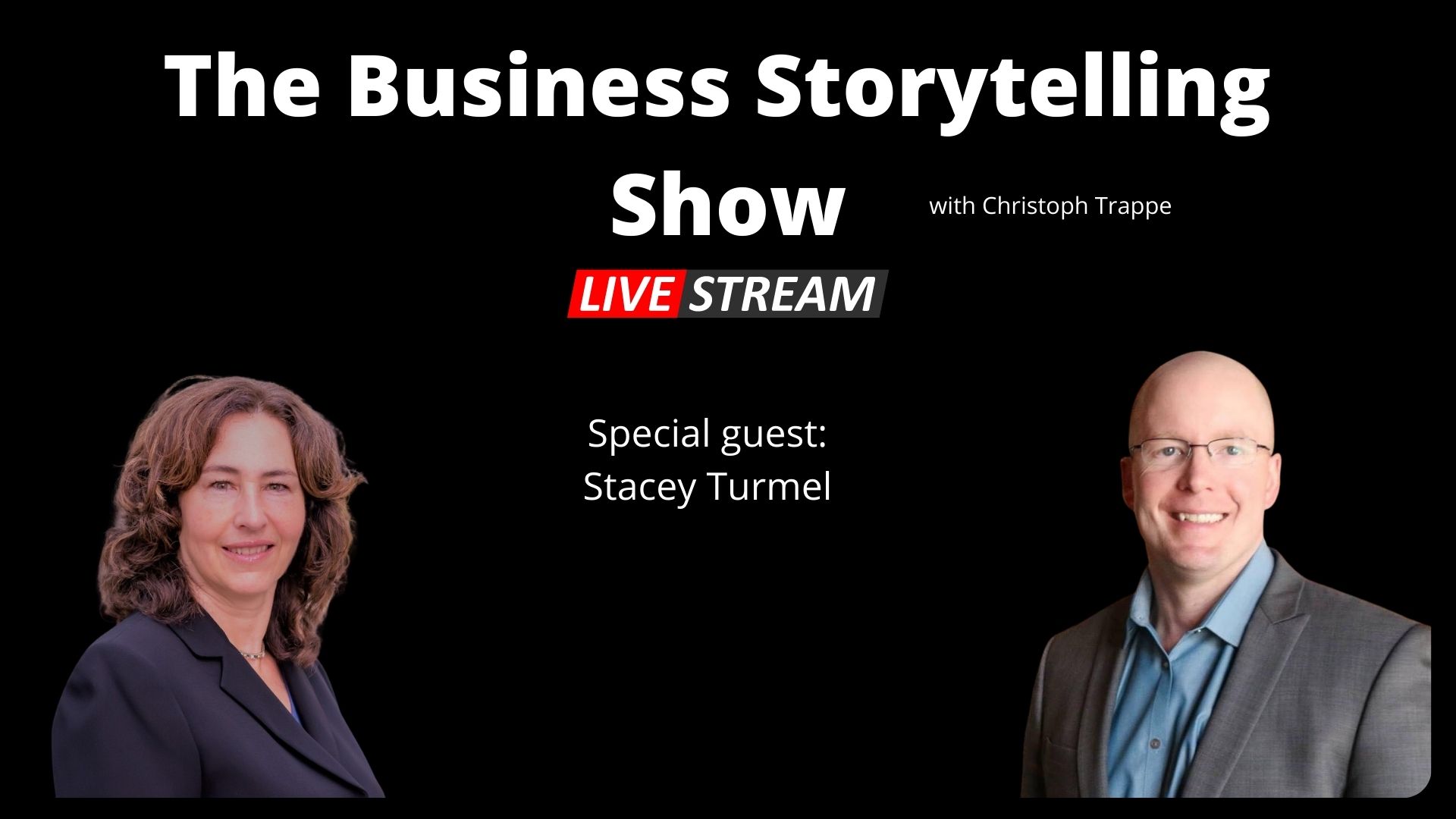Trappe Digital LLC may earn commission from product clicks and purchases. Rest assured, opinions are mine or of the article’s author.
Having an accessible website is essential and here’s why:
- So everyone can use it
- It’s a better user experience for all
- Less worry about getting taken to court for having a non-accessible website
“I would love for accessible to be top of mind, but unfortunately, that’s not where we are,” said Stacey Turmel, a web and regulatory compliance attorney, on “The Business Storytelling Show.”
But how do we make sure that you have an accessible website? Let’s dive into that topic here.
Article sections
What is the definition of an accessible website?
Why are some websites not accessible?
What are the dangers with a non-accessible website?
How to implement an accessible website?
What is the definition of an accessible website?
A website is accessible when it can be used by people using other methods to view websites. For example, that could include:
- navigating a site with a keyboard only and not a mouse
- using a screen reader
- zooming in a lot
Read next: Does my website need text-to-speech?
Why are some websites not accessible?
It often comes back to the fact that the topic wasn’t top of mind when the website was built a few years ago. But, as content expert Andy Crestodina has said, websites should be updated every three to five years anyway. In some industries, it may be quicker. Changes are, it’s time to update the website soon or soonish anyway.
Sometimes templates are created for content that is not accessible, but since they are the template, they are used over and over, Stacey said.
At times, specific strategies made sense when they started to become popular. Take the accordion. An accordion is when a user has to click a downward arrow to get more information. That content is then shown once you click. But, as Stacey said, an accordion might not work well for people using screen readers.
What are the dangers of a non-accessible website?
There are real dangers when it comes to a bad user experience because of accessibility. Stacey mentioned:
- Lost business
- Potential for being sued
Some data-driven marketers might wonder: How many of my target audience have some form of disability? Well, that’s hard to tell, but many people have varying levels of vision issues. For example, I zoom in on the websites and apps I use. Unfortunately, some apps don’t handle zooming very well. So it’s a lost opportunity as I won’t use them.
In the B2B space, let’s say I’m evaluating a product, and some of those same issues arise. It certainly can be seen as a red flag.
Besides that, a company can get taken to court.
Stacey said in 2021; there were 4,000 such lawsuits in federal court in the United States. That’s an increase of 20 percent. She said there are two types of plaintiffs:
- With standing, which means they have encountered an issue, and it’s affecting them personally.
- As a tester, meaning it doesn’t personally affect them, but they caught it.
Read next: Why emotional marketing matters in B2B
How to implement an accessible website?
“What’s hard is to tell companies that just completed a website built that their website is not accessible,” Stacey said.
With that in mind, it’s essential to keep accessibility in mind from the get-go. In theory, the requirement is straightforward: Everything on this website must be accessible.
That includes a menu coded correctly so screen readers can read it. In addition, it contains elements developed in a way that keeps accessibility in mind.
Hitting all accessibility checkpoints also includes keeping workflows in mind. For example, how are we updating the website and wha’s the content creation workflow? Also: Are content creators using best practices, which include using alt text properly.
Read next: How original photos can help you rank higher in Google Image Search
What is alt text?
Alt text helps Google understand what’s in a picture and can help your SEO strategy.
And as Instagram tells its users, it’s about accessibility.
Alt text describes your photo for people with visual impairments.
Alt text is a written description of what’s in a picture. WordPress strongly encourages content creators to add them with a reminder right there when you upload a picture.
In a perfect world, content creators would always write alt text. Of course, if we’d live in an ideal world, the note inside the WordPress upload area wouldn’t be needed:

Describe the purpose of the image. Leave empty if image is purely decorative.
Conclusion
Web accessibility isn’t just a buzzword. It’s something to focus on and build into the process. If something isn’t accessible, don’t build it. Update the process. Fix whatever needs to be fixed. Do what’s helpful to consumers and, ultimately, the company.

